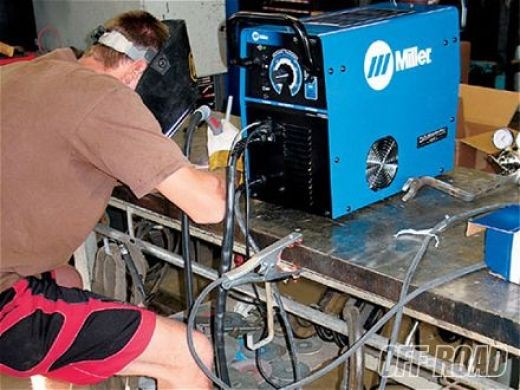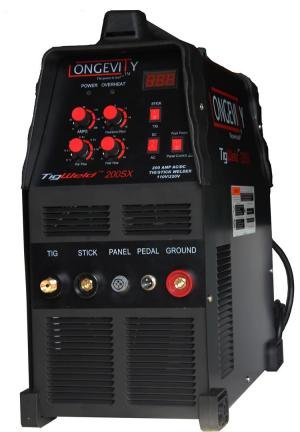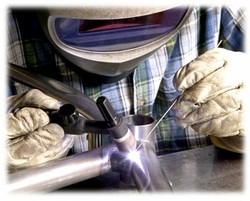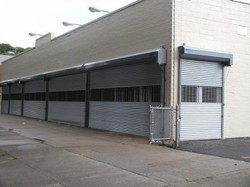Working with thin forms of metals such as stainless steel or aluminum can present its own set of difficulties. Thanks to the development of tungsten inert gas welding (TIG), these obstacles have been overcome.
Additionally known as gas tungsten arc welding (GTAW), this technique of welding uses a non-consumable electrode composed of tungsten to complete a weld.
A TIG welder also uses a gas (usually argon) to protect the weld from contamination and in most welds, a filler material is also required. While this form of welding is favored to weld thin materials, it is also an extremely complex skill to master.








 Making Money Online is Not Impossible, It Just Takes Putting Yourself Out Thereon 09/25/2012
Making Money Online is Not Impossible, It Just Takes Putting Yourself Out Thereon 09/25/2012
 Thump. Looking For True Loveon 09/28/2012
Thump. Looking For True Loveon 09/28/2012
 Cure Tooth Decay Ramiel Nagel And Dr. Weston Price's Nutrition and Physical Regeneration Bookson 03/17/2013
Cure Tooth Decay Ramiel Nagel And Dr. Weston Price's Nutrition and Physical Regeneration Bookson 03/17/2013
 Cleaning Wool Rugs - Excellent Results At Homeon 03/10/2013
Cleaning Wool Rugs - Excellent Results At Homeon 03/10/2013



Comments